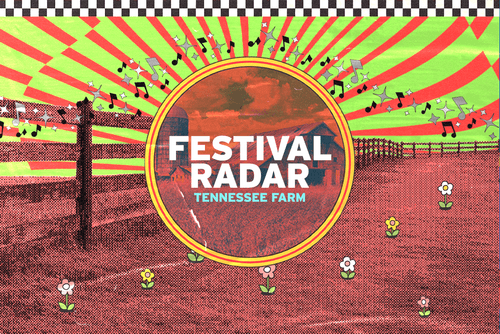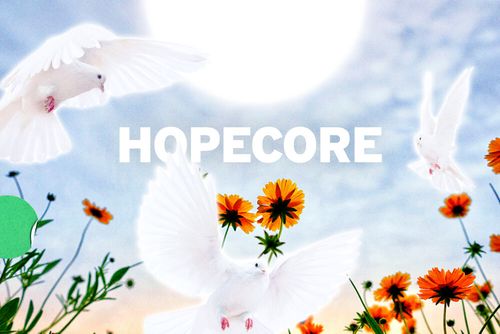Perhaps no other song exemplifies the influence of Latin culture on the global electronic music scene in the ‘20s than Farruko’s “Pepas.” The addictive track, which translates to “pills,” catapulted guaracha — a blend of tribal house and folkloric Colombian cumbia — into the stratosphere. Like the massive hits that preceded it on the dancefloor and the ones that followed, “Pepas” embodies the joy that has been a defining characteristic of Latin house since its birth in the early ‘80s.
But like anything with the umbrella term Latin in it, the Latin house movement is far from homogenous. A mix of African, European and indigenous influences spanning several continents and a complicated history, it defies simplification. Just in terms of percussive instruments, there are a plethora of options beyond the cowbell. Timbales, congas, bongos and maracas each create a distinct vibration that serves as the rhythmic foundation for entire genres including salsa, merengue, reggaeton and more. And those are just the drums. When it comes to brass instruments, there is a parallel universe that’s essential to the sound we’ve come to categorize as Latin house. In a song like Farruko’s “Pepas,” for example, the deafening trumpets take center stage.
That a Puerto Rican artist who had dutifully been making reggaeton for 15 years could pivot dramatically and instantly become a household name in Ibiza is proof that there are no hard rules when it comes to Latin house. Recently, Farruko denounced his hard-partying ways in favor of a more spiritual lifestyle — without sacrificing the BPMs — further proving there is an inherent freedom in the movement for artists to not only be their authentic selves, but also reinvent themselves.
It was this sense of freedom that first drew young Black and brown people, many of them queer, to dance clubs in major U.S. cities back in the early ‘80s. In Chicago, the cradle of house music, Jesse Velez was one of the very first Latinos to explode onto the underground club scene. A young Puerto Rican from the north side of the city, Velez was regularly gigging at local clubs like The Warehouse, from where house music gets its name. And even though his 1985 record “Girls Out on the Floor” was a massive hit, Velez’s success was short-lived; he died shortly after the release of the song. His influence, however, would transcend geographies and generations.
Around the same time, a similar scene was exploding in New York City, pioneered by figures like Puerto Rican “Little” Louie Vega, who became a club fixture thanks to his eclectic freestyle mixes. Vega’s entry into music, and his signature use of Latin and African sounds, was almost inevitable: his father is a jazz saxophonist and his uncle was none other than salsa legend Hector Lavoe. In the early ‘90s, he and Kenny “Dope” Gonzalez created the production duo Masters at Work and designed the blueprint for the Latin house movement in the form of their joint ‘Nuyorican Soul’ album.
The influence of legends like Vega on Latino DJs of subsequent eras is undeniable. Take Steve and Chris Martinez, collectively known as The Martinez Brothers, who, like their predecessor, are Nuyoricans from the Bronx, and have been touring the world since high school. Their father, Steve Martinez Sr., was a regular at the iconic NYC club Paradise Garage during those formative years for Latin house, playing a key role in shaping his sons’ musical sensibilities. Today, the self-described fans of salsa, disco, funk, soul and jazz continue to delight sweaty crowds via their long-term residency in Ibiza.
The Martinez Brothers are hardly alone in today’s scene. Born in Los Angeles to Mexican parents, Deorro has emerged as another key Latino in house music. Making music since the age of 14, the proud Mexican American has made it his mission to educate the world on the richness of Latin culture not just through his DJ sets but also by being outspoken about issues affecting the Latino community. Further south, in Mexico City, the duo Tom & Collins have been making a name for themselves via their innovative sampling which often proves they are true students of the movement. On their 2024 hit “Esta Pegao,” they pay homage to early merengue house pioneers Proyecto Uno while helping younger fans discover the roots of Latin house. Peruvian Sofia Kourtesis has infused the scene with the ethos of a world traveler. Her dreamy sets honor her Andean ancestry and are as perfect for dancing as they are for meditation.
For industry heavyweights like Tiësto, DJ Snake, Marshmello and Steve Aoki, tapping into the popularity of current Latin artists, particularly those from the reggaeton and Mexican music scenes such as Karol G and Peso Pluma, has been a key growth tactic in today’s streaming era. And the high-profile crossover collaborations just keep on coming.
Dive into this collection of dance-ready tracks by Farruko, The Martinez Brothers, Deorro, Tom & Collins and more to discover how the Latin house movement honors its roots and keeps reinventing itself to the delight of fans around the world.
LISTEN TO THE LATIN HOUSE PLAYLIST ON SOUNDCLOUD NOW
Tom & Collins, “Esta Pegao”
Hailing from Mexico City, Tom & Collins are making a splash in the global music scene with their distinctive blend of house with Latin and tribal influences. This track samples Proyecto Uno’s mega-hit of the same name from 1993. Read about Mexico’s growing electro corridos scene here.
The Martinez Brothers feat. Fuego, “P.A.P”
Steve and Chris Martinez have a penchant for putting someone’s distinctive vocals front and center, letting them drive. In the case of this seductive track from 2021, it’s the Dominican trap artist Fuego that has us hooked from beginning to end.
Jude & Frank feat. Toto La Momposina, “La Luna”
Few house songs pay homage to folkloric Latin music better than this one from Italian duo Jude & Frank. By sampling Afro-Colombian and indigenous legend Toto La Momposina’s “Curura” track, they created the closest thing to a prayer on the dance floor.
Deorro, Vikina “Bambole”
Since winning a Univision reality singing competition in 2019, Miami-born Vikina has been building an impressive repertoire that captures her hometown’s famous party scene. Here, she teams up with Deorro for this vibrant celebration.
Sofia Kourtesis, “Si Te Portas Bonito”
This track from the Peruvian DJ is a luminous blend of house, Andean textures and dreamy pop. Built around hypnotic vocal loops, it’s perfect for watching the sun rise from a Berlin dancefloor.
MËSTIZA, Las Ketchup, “Asereje (Remix)”
This Spanish duo is known for experimenting with traditional flamenco music and championing female empowerment. This track perfectly captures today’s Y2K nostalgia movement by reviving Las Ketchup’s viral-before-viral-was-a-thing hit from 2002.
HUGEL, Lírico en la Casa, “Marianela”
If you thought the dembow movement was slowing down, think again. Here, French DJ/producer HUGEL gives Dominican artist Lírico en la Casa’s homegrown anthem a fresh house twist.
Tiësto, Karol G, “Don’t Be Shy”
Tiësto’s collab with reggaeton queen Karol G in 2021 was a win-win. It reminded Latin audiences of the Dutch DJ/producer’s legendary status and it introduced Karol to electronic music festivals like Tomorrowland where thousands chanted the infectious chorus.
Farruko, “Pepas”
With festive production courtesy of Medellin’s own Victor Cardenas, this track opened up a new world for reggaeton legend Farruko. For Latin urban artists that followed in his footsteps, it meant they now had the keys to Ibiza’s hottest nightclubs. The 2021 hit also ushered in the guaracha takeover which has yet to fade.
Marshmello, Manuel Turizo, “El Merengue”
After the success of “La Bachata” in 2022, Colombian collab king Manuel Turizo teamed up with Marshmello for this ode to another one of Latin music’s most enduring tropical genres.
DJ Snake feat. Peso Pluma, “Teka”
Mexican superstars like Peso Pluma have been key to Latin music’s global domination in recent years, so it’s no surprise that DJ Snake would tap him for this intoxicating deep house track, a celebration of club culture.
Steve Aoki, Daddy Yankee, Play-N-Skillz, Elvis Crespo, “Azukita”
Steve Aoki has been one of Latin music’s loudest fans. This 2018 track featuring reggaeton legend Daddy Yankee, merengue icon Elvis Crespo and Texan hip-hop duo Play-N-Skillz was his first Spanish-language hit but certainly not his last. Hear Steve Aoki break down the making of “Azukita” in this SoundCloud-exclusive commentary here.
Dayvi, Victor Cardenas, “Baila Conmigo” feat. Kelly Ruiz
Before “Pepas,” Colombian producer Victor Cardenas had already tested the virality of guaracha via this 2019 anthem, featuring fellow Colombians DJ Dayvi and pop singer Kelly Ruiz. The single’s title translates to “dance with me.”
Deorro, “Bailar” feat. Elvis Crespo and Pitbull
Who would take a merengue classic from the late ‘90s and repurpose it for this generation’s dance floors? Deorro, that’s who. But instead of simply sampling “Suavemente,” Deorro enlisted Elvis Crespo himself for a fresh new set of vocals, and called up Mr. Worldwide for some extra back-up.
JDR, “Buntaca”
Colombian Juan David Rodriguez, known as JDR, delivers a high-voltage fusion of dembow rhythms and industrial club textures, pushing the boundaries of Latin electronic music with raw, unrelenting energy.
Maluma, “Qué Chimba”
Besides being a widely used Colombian expression that means “so cool,” this track from Maluma is another staple of the guaracha movement and a key example of another reggaeton superstar who successfully explores expanding into dance music.
Hernan Cattaneo, “Renaissance Masters”
Often hailed as “El Maestro,” the Argentine DJ is a cornerstone of progressive house whose deeply melodic and cinematic sets have shaped the global electronic scene for over three decades. He continues to bridge generations through storytelling and sonic elegance.
Harry Romero, “Phones Down”
The legendary New Jersey DJ/producer’s sets have defined the soulful, percussive edge of the genre since the late ’90s. As felt on this more recent track from 2020, Romero consistently delivers floor-filling energy rooted in Latin rhythms and a timeless underground spirit. Hear more from Harry Romero in this SoundCloud-exclusive interview from our Sound Advice series.
David Morales, “Needin U”
This track by the Puerto Rican legend known as David Morales released under his alias The Face is a quintessential late ’90s house anthem that captures the euphoric peak of New York’s club scene. The soaring piano loops and infectious vocal chops create an irresistible groove that still ignites dancefloors decades later.
Oscar G, “The Feeling (feat. Mia Benita)”
The Miami DJ, songwriter and producer, born Oscar Gaetan, is credited with elevating his city into a nightlife mecca. From playing local block parties to becoming a legendary resident at superclubs (notably, Space), Gaetan’s music has taken him all around the world. But decades later, his music still represents for the 305.
Little Louie Vega, Marc Anthony, “Ride on the Rhythm”
Fun fact, before Marc Anthony was a salsa icon, he was a freestyle artist. With his fellow Nuyorican Louie Vega behind the boards, Anthony released a whole Latin house album in 1991, with this as its lead single.
El General, C&C Music Factory, “Robi-Rob’s Boriqua Anthem”
A certified Latin house classic, this 1998 track from C&C Music Factory features Panamanian legend El General, also known as the godfather of the Spanish-language reggae movement, which preceded reggaeton. Louie Vega has called this track “one of the biggest and best Latin house records of all time.”
Proyecto Uno, “Tiburon”
Dominican American trio Proyecto Uno were the first to bring merengue to the forefront of the Latin house scene in the early ‘90s. This bilingual track mixes the tropical genre with house and hip-hop, and was the first in a string of major hits for the group.
Nuyorican Soul, “Runaway”
Louie Vega and his producing partner Kenny “Dope” Gonzalez forever altered the Latin house scene when they released the ‘Nuyorican Soul’ album in 1996. This standout single features India, another proud Puerto Rican who, like Marc Anthony, dabbled in freestyle before making the transition to salsa.
Jesse Velez, “Girls out on the Floor”
The Puerto Rican DJ was an early pioneer of the Latin house scene in Chicago. Signed to seminal independent house label Trax Records, Jesse Velez blended Spanish and English lyrics in this percussive track from 1985. Bilingualism was almost unheard of at the time but nowadays is a common way to bridge Latin and Anglo cultures.
LISTEN TO THE LATIN HOUSE PLAYLIST ON SOUNDCLOUD NOW



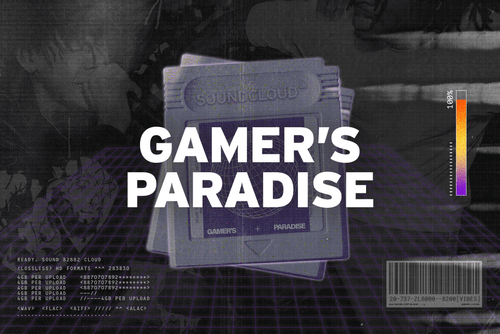

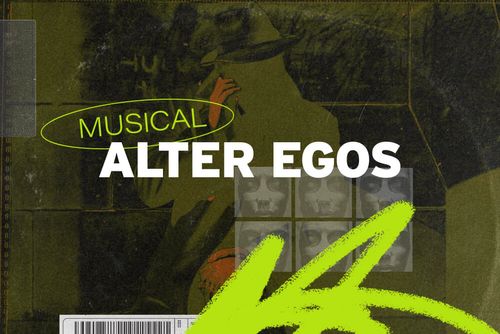







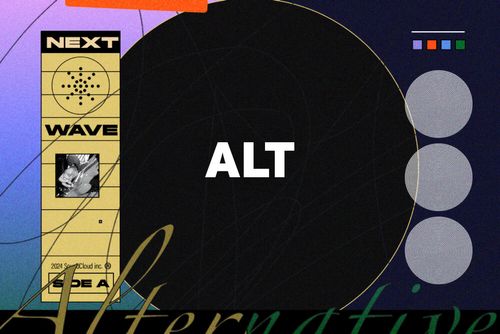



-p-500.jpg)

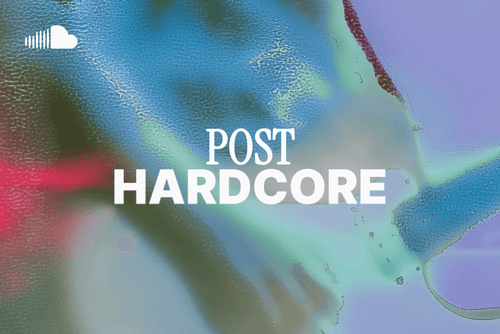



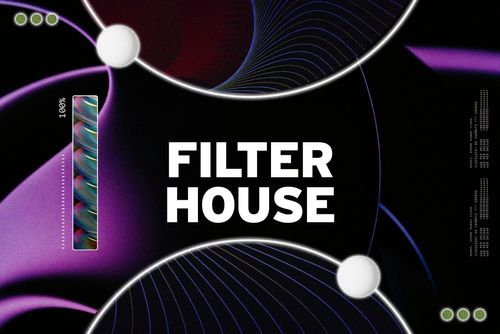
%20(1)-p-500.png)



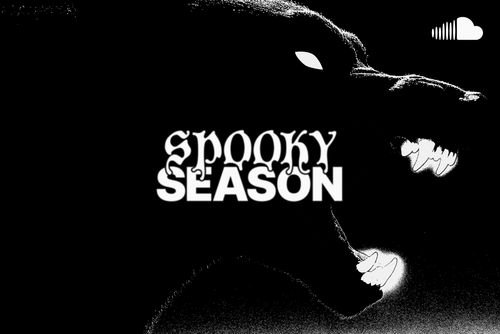
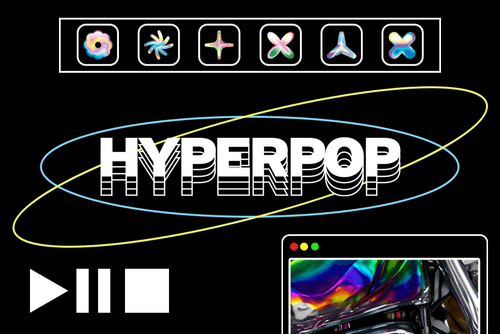
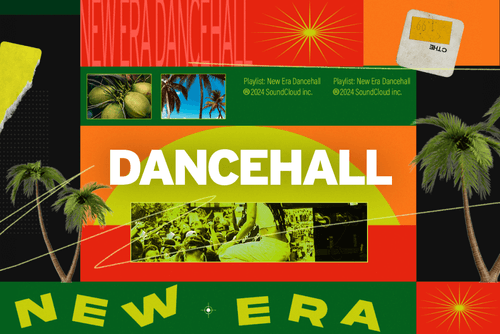



%20(1)-p-500.png)










-p-500.png)



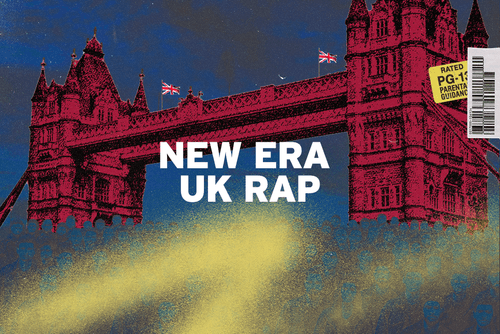
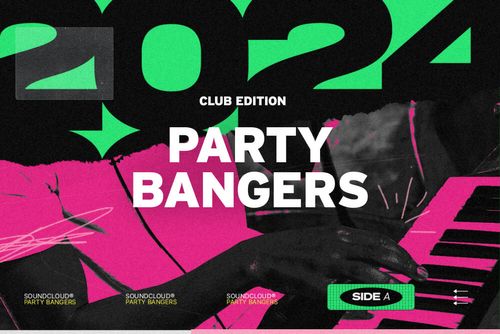

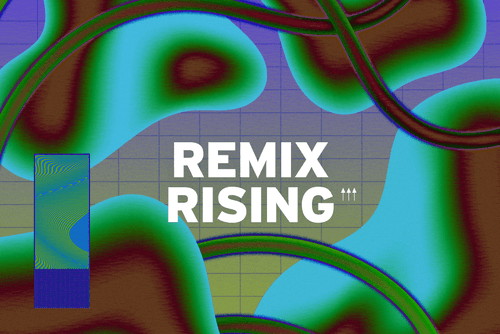



%20(1)-p-500.png)



